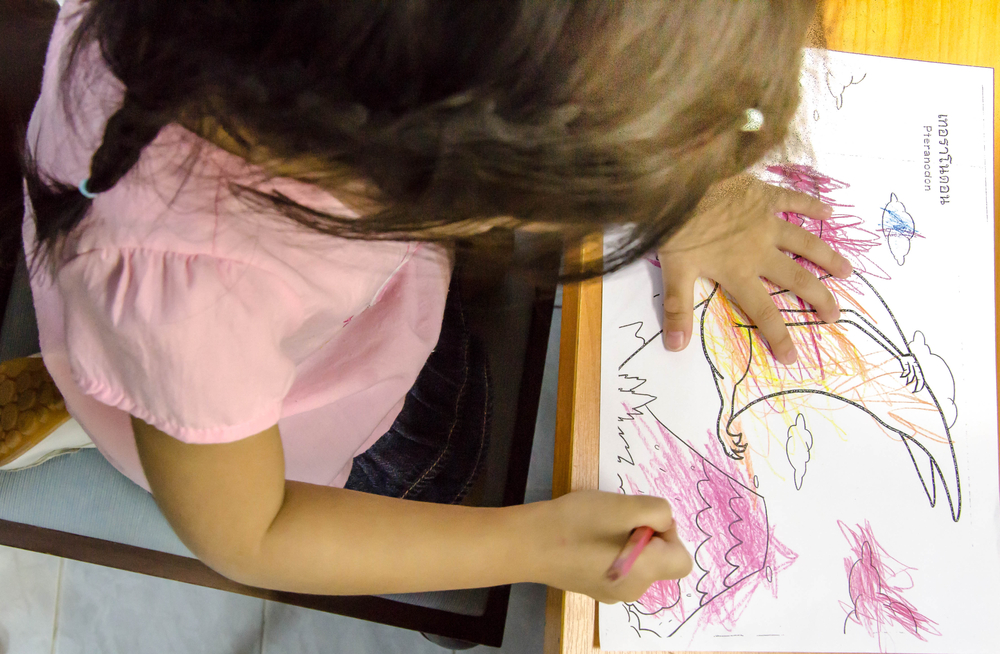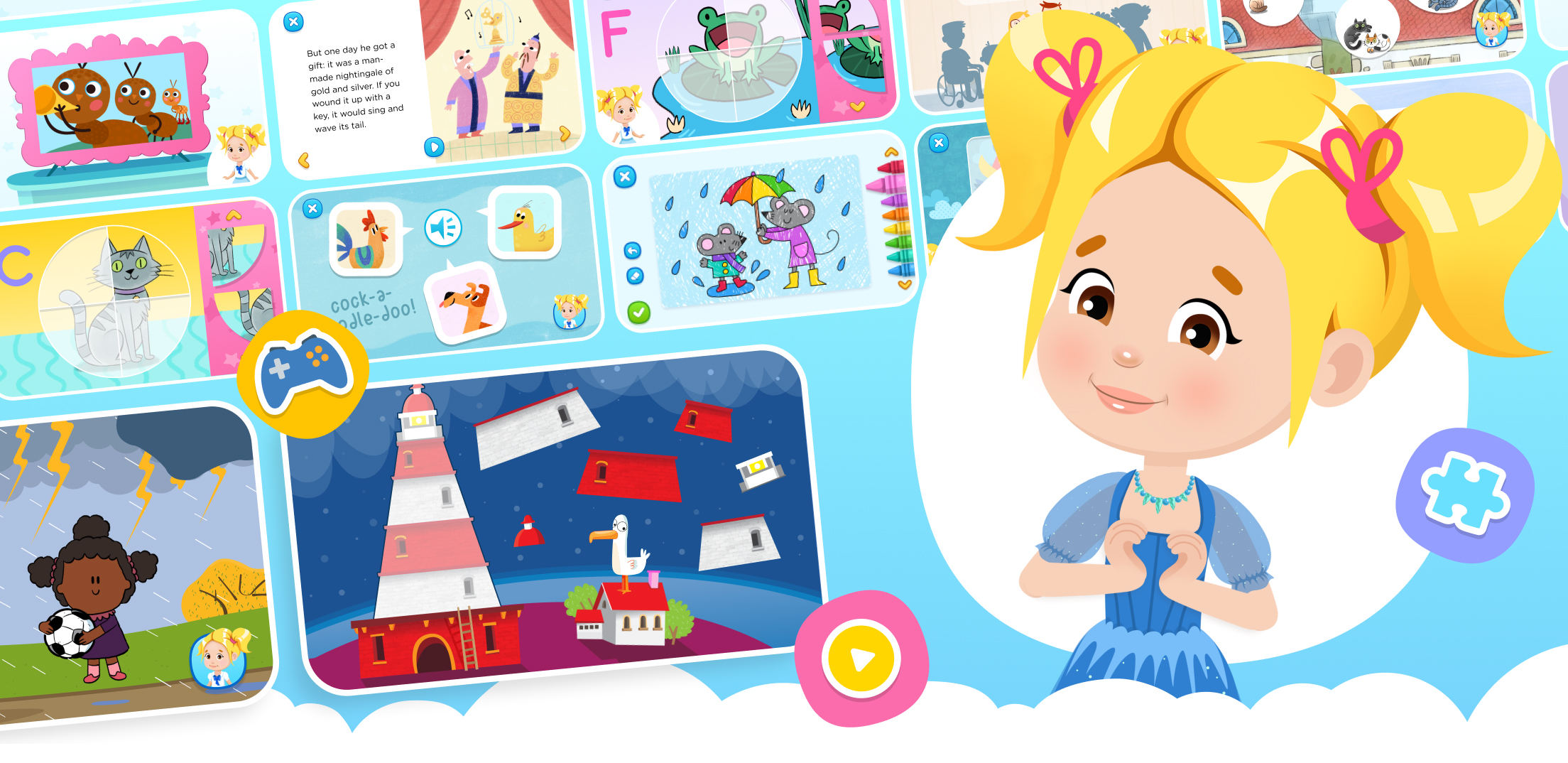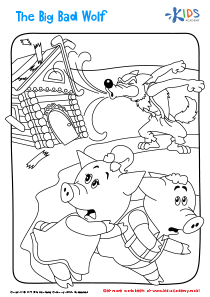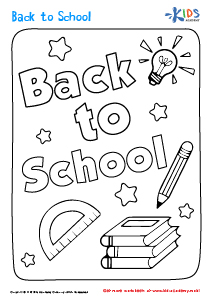Feelings and Emotions Worksheets for Ages 4-9
4 filtered results
-
From - To
Discover our comprehensive collection of Feelings and Emotions Worksheets designed for children aged 4-9. These engaging and educational printables feature a diverse range of activities from coloring pages to emotion recognition exercises. Perfect for home or classroom use, these worksheets help young learners understand and express their feelings effectively. They also support social-emotional learning by promoting empathy and emotional awareness. Easy to download and print, our worksheets make learning about emotions fun and accessible. Empower your child to navigate their emotions with confidence through these curated activities from Kids Academy.
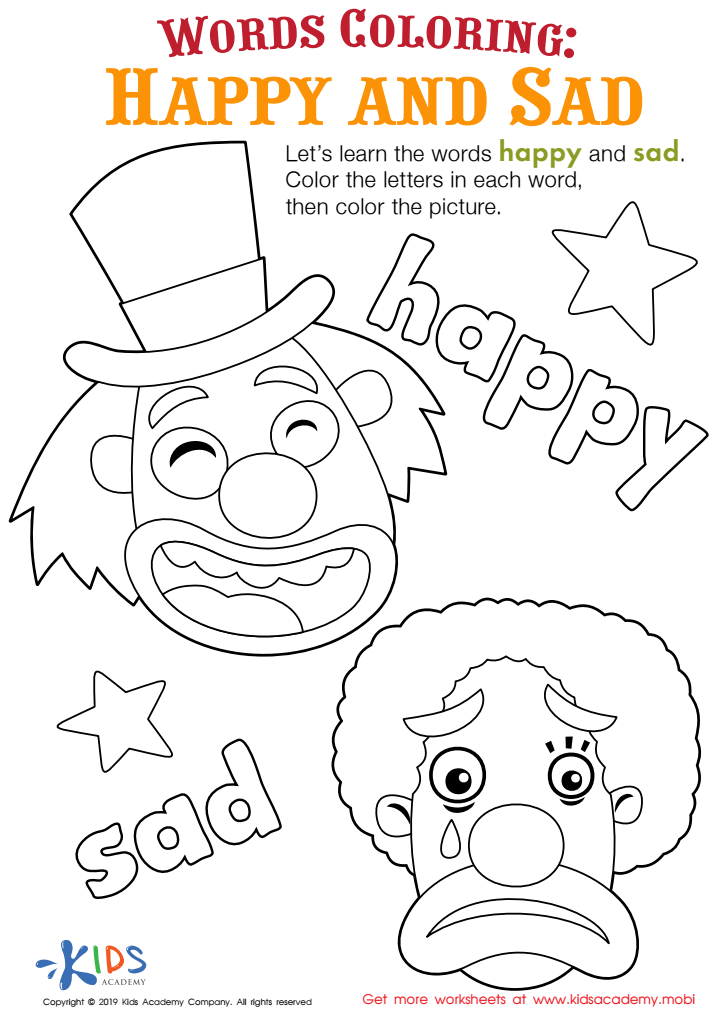

Happy and Sad Words Coloring Worksheet
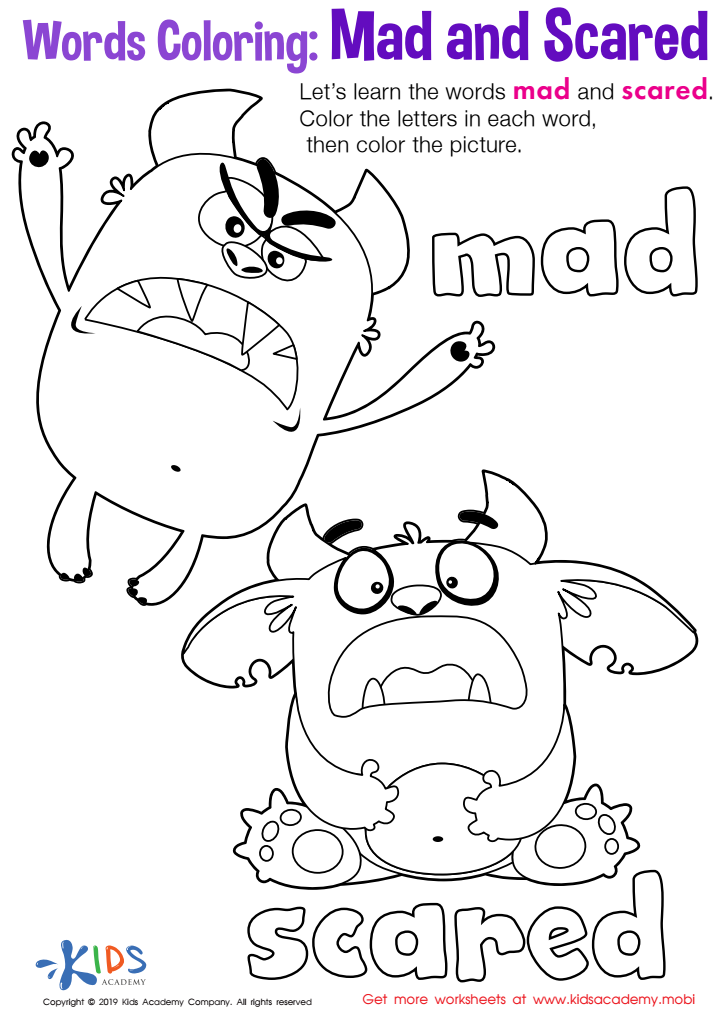

Mad and Scared Words Coloring Worksheet


Tired and Worried Words Coloring Worksheet
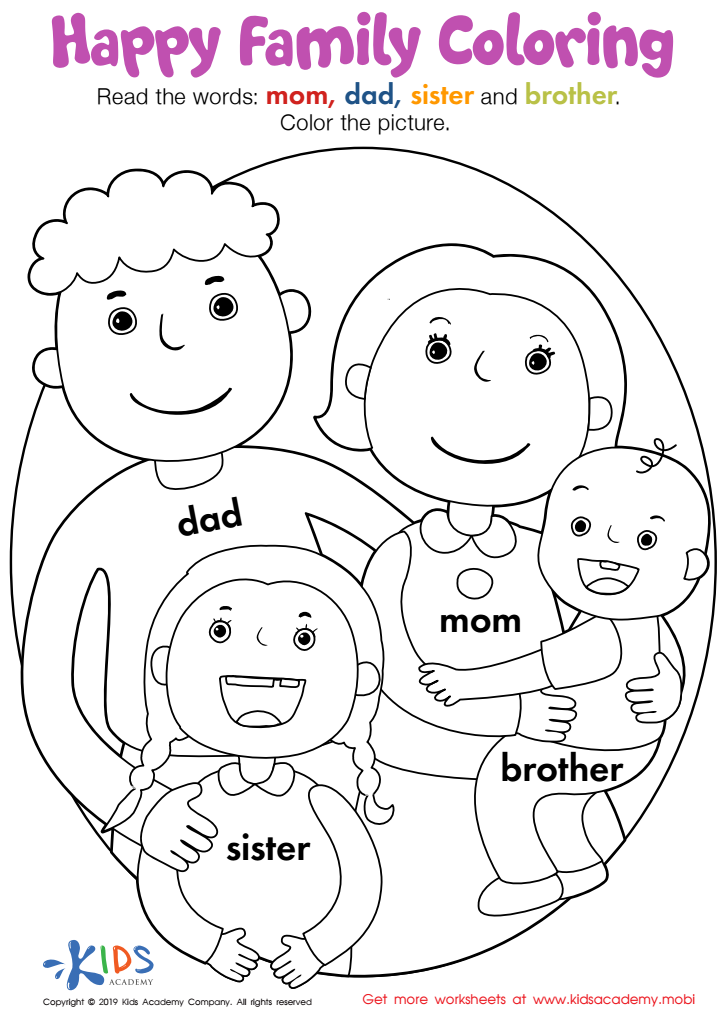

Happy Family Coloring Worksheet
Parents and teachers should place great importance on addressing feelings and emotions in children aged 4-9 because these early years are crucial for emotional development and social learning. During this formative period, children begin to identify, understand, and express their emotions, which are fundamental skills that affect their overall well-being, academic performance, and interpersonal relationships.
By supporting young children in recognizing and naming their feelings, adults can help them develop emotional intelligence, which is the ability to manage and respond to emotions healthily and constructively. A solid foundation in emotional awareness fosters empathy, enabling children to understand and respect the emotions of others, which is vital for building positive relationships and functioning well in group settings such as the classroom.
Moreover, children who are taught how to handle their emotions are more likely to experience less frustration and anxiety. They will learn strategies for coping with difficult feelings, reducing the chance of emotional outbursts or disruptive behavior. This creates a healthier and more supportive learning environment where every child can thrive.
Investing time in discussing emotions and feelings at an early age establishes a proactive approach to mental health that can yield long-term benefits, helping children grow into compassionate, resilient, and emotionally intelligent individuals.

 Assign to My Students
Assign to My Students




